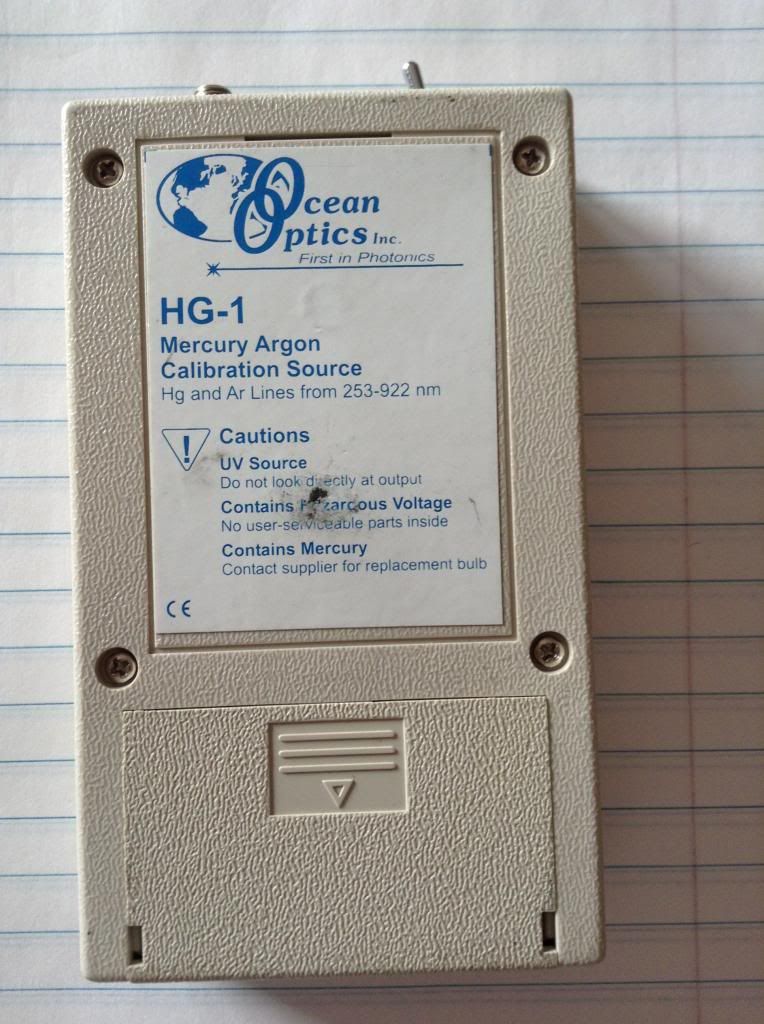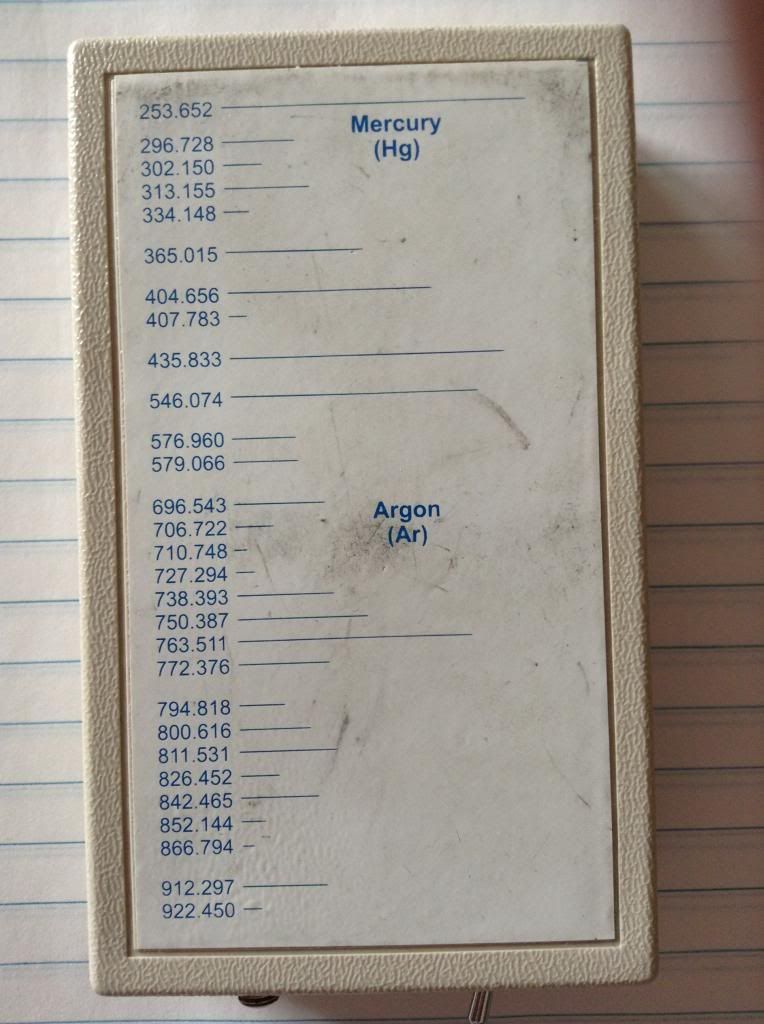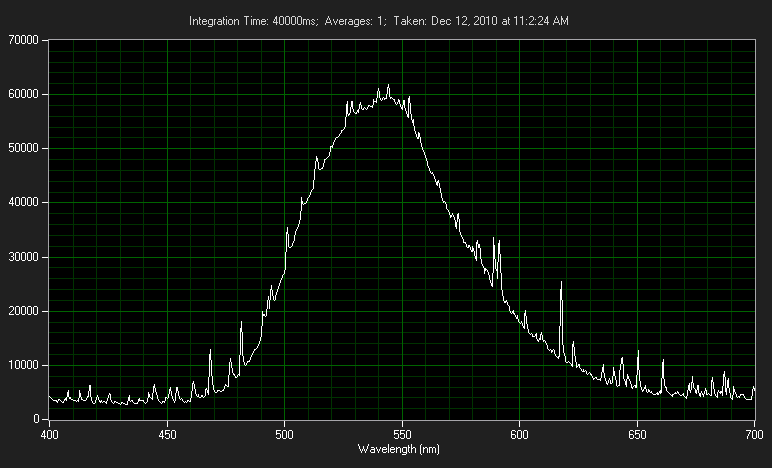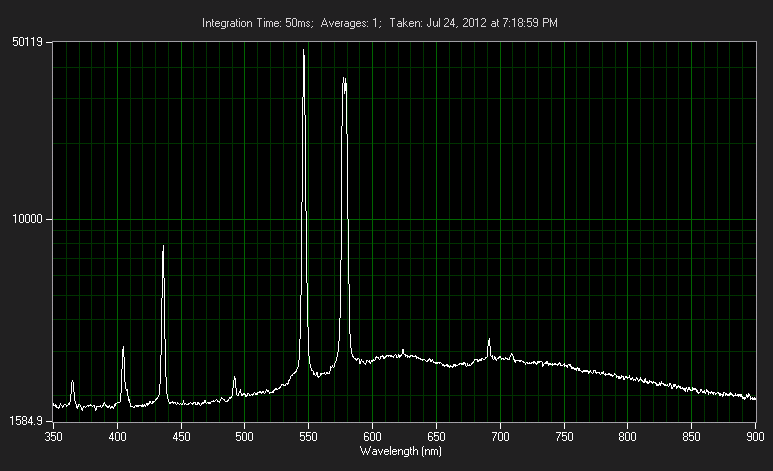Pman
0
- Joined
- Nov 28, 2012
- Messages
- 4,441
- Points
- 113
Would think something like this would be a decent investment for you Blord:yh:
Something to "play" with during your recovery.
Something to "play" with during your recovery.

Follow along with the video below to see how to install our site as a web app on your home screen.
Note: This feature may not be available in some browsers.



I'll see what I can collect for you. I've got a 300mW mits I can test out.
If you have any harvested casio projector optics lying around, they should work very well. Find a collecting lens at least 3 cm diameter, and then a coupling lens (probably < 3 cm) to focus the spot into the fiber. The larger that first lens is, the easier it will be to focus into the fiber after the second optic. You could machine a small mount to keep them in line with each other, and stick it on a small camera tripod mount for easy alignment after the laser is turn on - lots you could do to make life a bit easier on yourself.
I use an Andor Shamrock 303i at work. Its gated for time resolved emissions, and self calibrates and everything. I wish it was my own!
What do you mean beyond the HeNe line? The stuff > 543? The calibration itself might not be so bad on the accuracy dimension, but the incident beam could be out of focus as it lands on the CCD. Could be re-focused if you're patient. I think there's a cylindrical lens you would have to rotate.. carefully. I think I've alignment instructions for that spectrometer typology - let me know if you want them, I can dig them up again.



CCDs have issues related to their dark current...http://www.oceanoptics.com/products/sts.asp

I think a regular merc lamp only gives off 365nm, which is too low for my spectrometer.


